|
-Lynne Nevill We teachers will be reviewing these points during lessons prior to the recital. We would love for you to do some recital practice performances at home with your children. Watch for these bowing pointers described below, the DO’s & DON’TS. It will really dress up the recital nicely if all of our performers have nice finishes and lovely bowing for their performances. I always tell my students that when they bow, they are telling the audience, “Thank you for listening to my music!” Bowing is brief but important, and it brings performances to a lovely conclusion. THE DON’TS The Standing Final Chord The student rotates away from keyboard, and stands up while playing the last note. Hands are still on the keyboard, as the student is rising. The Tin Soldier The arms are clasped stiff and tight against the body while bowing. The Rag Doll The arms swing and flop with noticeable extra motion while bowing. The Non-bow Nod Student makes an almost-bow by merely nodding the head. No movement in the upper body. The Assembly Line Student bows, but does so, extremely fast, like an assembly line machine. The Bobble-head Doll Student bows, but the face remains vertical, looking at the audience. Looks a bit like a bobble-head doll. The Mustang These are girls with long hair, usually in a ponytail. They yank the body down so forcefully that the ponytail slings up and over their heads. Then they yank the body back up again so that the ponytail slings backwards. It’s like a wild horse, flinging its mane. The Striding Head Yank These are almost always boys. The student stands up and immediately walks away, giving just a quick jerk of the head while walking. This is almost always accompanied by an expression that says, “Acknowledging you in the audience is beneath me.” To be honest, this last one comes off as downright impolite. THE DO’S 1) First, finish the last note properly, still facing the piano, and still seated! Then take hands away from the piano. It’s fine to actually put them in your lap, for just an instant, but at least, take them away from the keyboard. If the end of the music is slow and quiet, it’s good to do this slowly. 2) Stand up towards the audience, and away from the piano, then feet should be still. Look out at the audience. If the student is too shy to look directly at any of the people, then at least, the student should not look down at the floor – looking at the back wall is acceptable for a shy student. Expression should be a smile, or at the very least, neutral -- no grimaces, no frowns. 3) Then bow the entire upper body and look down at one’s shoes. (Normally people bend from the waist, not from the hips.) Upper body does not need to go completely horizontal – several inches downwards, is enough. 1-2 seconds going down, then 1-2 seconds rising back up – so it’s not slow, and not fast. Students can think, “Thank you” (going down), and “very much” (going up), for good timing. 4) Arms will naturally move a little as the upper body goes down, but arms should not be stiff, nor swing or flop unnecessarily. Longer hair will also naturally move with the upper body motion, but hair movement should not be exaggerated by movement that’s clearly too sudden or forceful. 5) Then return to normal vertical, head up. Feet are still motionless. (Just for a half a second, or a second.) 6) NOW the feet can move! Walk straight back to the performer seating. Great job!
0 Comments
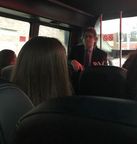 We left from our hotel at 8am on a shuttle to the New York Steinway Factory. On our way, owner of Steinway Hall-Dallas, Plano, and Houston, Danny Saliba made introductions and told us a little history of himself and his relationship with Steinway. Danny had worked in the New York Factory for 15 years before coming to Dallas to open Steinway Hall-Dallas. Steinway & Sons was founded in 1853 by German immigrant Heinrich Engelhard Steinweg who later Americanized his name to Henry E. Steinway. Back in the 1850s, Steinway had bought lots of property around the Queens area and to build the factory and homes for it's factory workers so that they didn't have to travel from Manhattan to the factory. That's why there is a Steinway Street!! Upon arriving to the Steinway & Sons building, we were greeted and given name tags and filled out a waiver for our tour. We were given a nice history of Steinway and Henry Steinway. Now, I'm not a huge history fan, but I was following right along!! Then we got outfitted in the coolest glasses I would have worn- HA! Apparently, we had to have eye protection. I wasn't allowed to take pictures in most places, but what I did get, I want to share with you! First stop on our tour as making of the rim. The building was 5 stories tall- probably not the most efficient building to be making pianos- but they made it work! It is the original building and factory! Below are pictures of the rim presses. How wood is chosen- so many pieces don't make the cut!! There is a huge list of what is "Unacceptable" compared to those that are "Acceptable" We were able to see and take photos of Steinway's “Pictures at an Exhibition”. This piano (below) was conceived and hand painted by Steinway Artist and world-renowned visual artist Paul Wyse. Last, and certainly not least, was the viewing of the Steinway SPIRIO- which is a high-resolution player piano. This piano is both a Steinway AND a player piano equipped with the latest technology allowing listeners to hear Steinway artists playing on that piano! In a nut shell- I was completely honored to be chosen to be on this VIP tour. It truly was magnificent and gave me a whole new appreciation to how pianos are hand-made in America.
special links you might find interesting: For Tour Information: www.steinway.com/about/vip-factory-tour Video Narrated by John Steinway: https://www.youtube.com/watch?v=jAInt7hIZlU |
Archives
July 2024
Categories
All
|
|
|
MUSIC SO SIMPLE
|
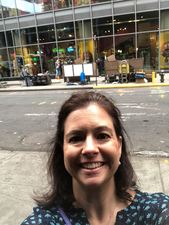
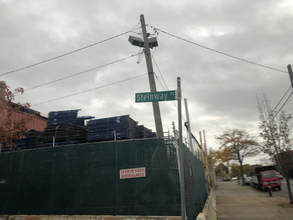
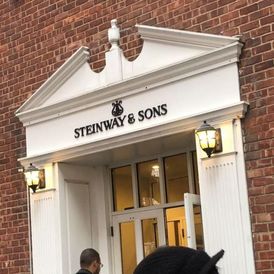
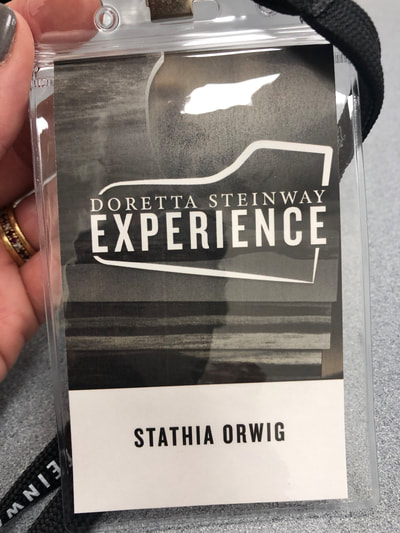
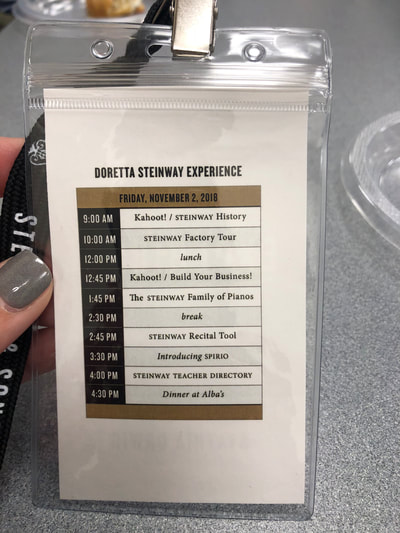
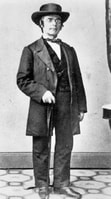
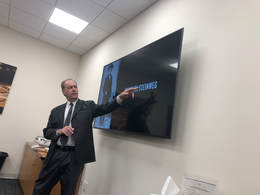
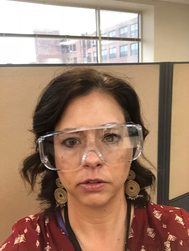
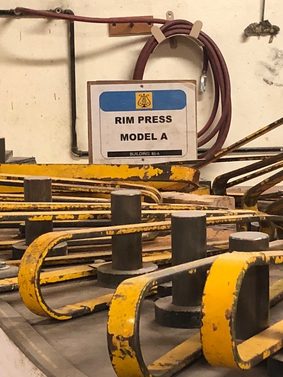
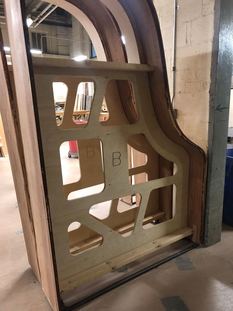
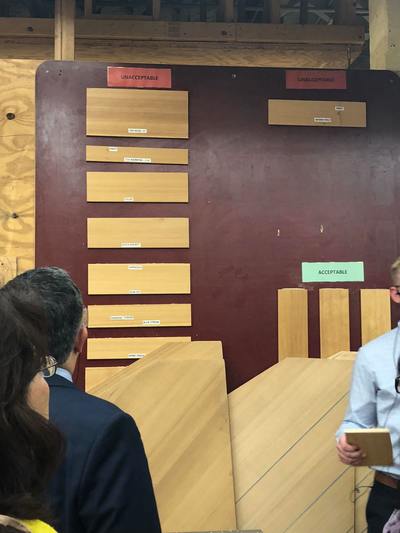
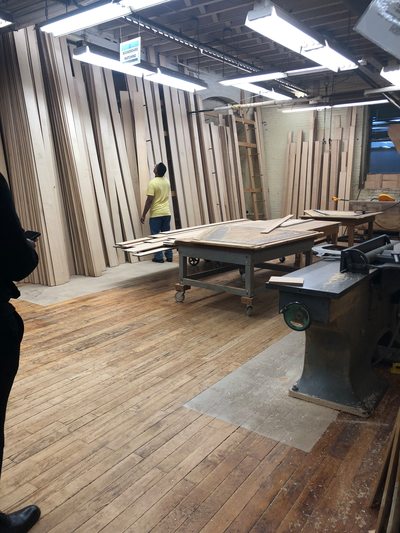
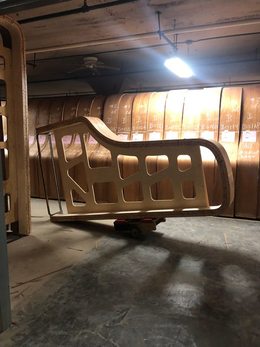
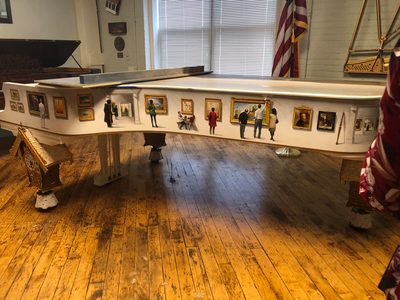
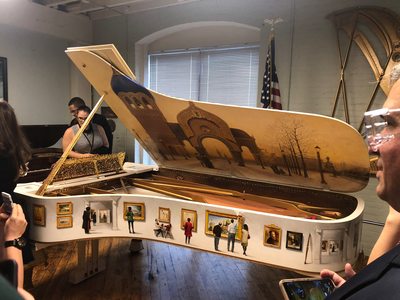
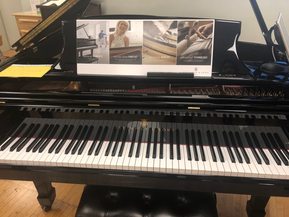
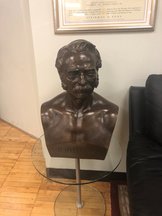
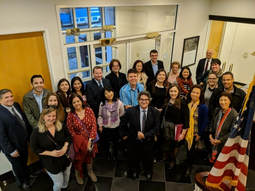
 RSS Feed
RSS Feed